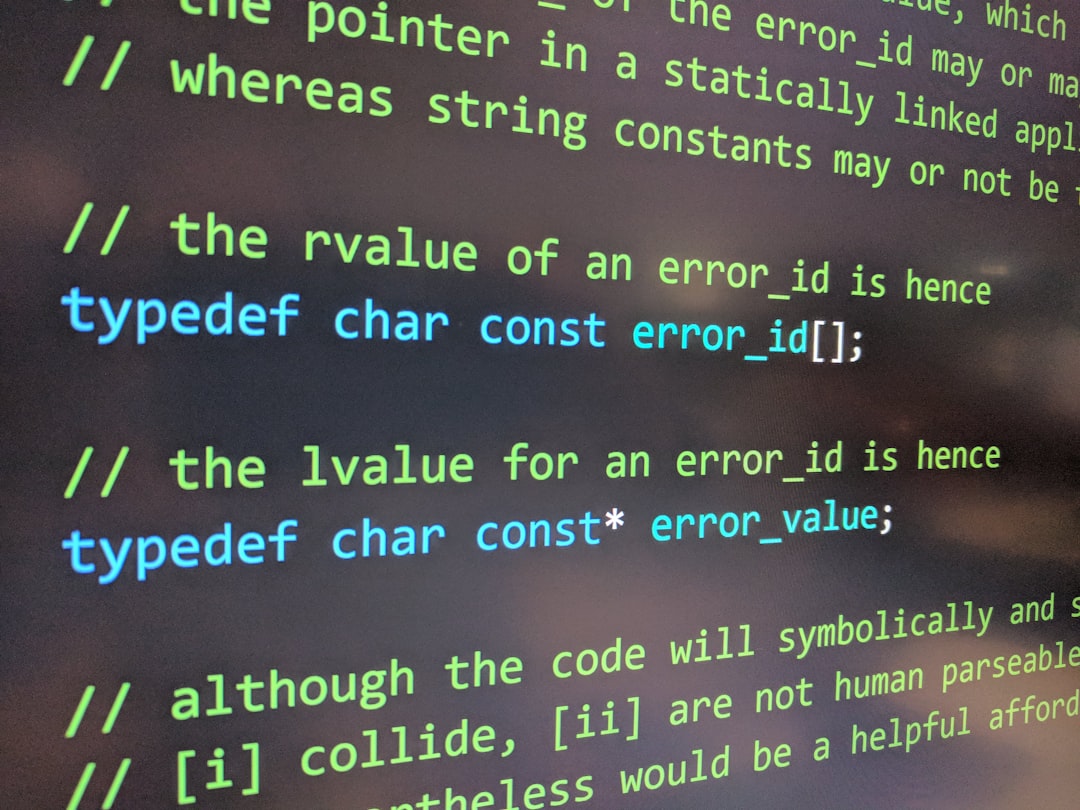In the rapidly evolving world of artificial intelligence and machine learning, new tools and platforms are being introduced at a staggering pace. Among these innovations is Pixnova AI, a platform that has recently garnered attention for its capabilities in the fields of image generation and advanced data interpretation. But with its rising popularity comes the question on many users’ minds: Is Pixnova AI safe to use? In this article, we’ll explore what Pixnova AI is, the technology behind it, its primary uses, and important considerations regarding its safety and data privacy protocols.
What Is Pixnova AI?
Pixnova AI is a cloud-based artificial intelligence platform that specializes in visual data processing. The platform utilizes deep learning models to perform a wide range of tasks including:
- Image and video generation
- Object recognition and classification
- Data visualization and analysis
- Natural language processing features tied to visual content
Developed by a team of experts in computer vision and AI research, Pixnova AI aims to offer solutions for industries such as marketing, healthcare, e-commerce, and entertainment. It combines intuitive design with a robust backend powered by generative adversarial networks (GANs) and transformer models to deliver high-quality results.
How Does Pixnova AI Work?
At its core, Pixnova AI operates by training on massive datasets consisting of labeled images, videos, and metadata. Once trained, the system can generate new content or analyze existing visual data using a combination of machine learning algorithms. Here’s a breakdown of its operational structure:
- Training: The AI is trained using diversified image data grouped by category, resolution, and context. These datasets help refine the model’s accuracy and versatility.
- Inference Engine: After training, the AI leverages its model to generate observations and create visual content automatically or in response to user prompts.
- User Interaction: Users interact via a web interface or third-party plugins, providing inputs in the form of text, images, or pre-established datasets.
- Output Generation: The result is a high-quality image, video snippet, or a dataset visualization output rendered in real-time or batch-processed format.
This workflow allows for rapid iteration and real-world industry application, especially where large volumes of visual data need to be interpreted or generated quickly.
Key Features of Pixnova AI
Pixnova distinguishes itself from other platforms with several key features:
- Multi-modal Input: Accepts a range of inputs from natural language to structured metadata.
- Real-Time Image Generation: Generates high-fidelity visuals in seconds based on prompts or dataset parameters.
- Integrations: Seamlessly integrates with design tools, API endpoints, and backend databases.
- Ethical Use Prompts: Includes built-in ethical use recommendations and prompt filters to reduce misuse or bias in content generation.
Thanks to these features, Pixnova AI has seen growing adoption across sectors looking to accelerate their visual content creation or enhance data insight capabilities.
The Benefits of Using Pixnova AI
Like every emerging tool, Pixnova AI carries with it a number of notable advantages for individuals and businesses:
- Time Efficiency: Enables users to produce complex visual assets in minutes, which traditionally could take hours or days.
- Cost Reduction: Reduces the need for specialized design expertise or outsourced image generation.
- Enhanced Creativity: AI-generated ideas or designs often breed innovation by showing possibilities not previously imagined by human creators.
- Scalability: Can manage large datasets, making it viable for use cases involving thousands of images or repeated templates.
Is Pixnova AI Safe to Use?
With AI platforms, safety is paramount—not just in terms of cybersecurity, but also in ethical responsibility and data privacy. So, how does Pixnova AI stack up?
Data Security
Pixnova AI encrypts all user data both in transit and at rest using robust AES-256 encryption techniques. This ensures that personal or proprietary information is protected from unauthorized access. Furthermore, users have the ability to manage data retention settings, allowing them to delete stored inputs and outputs as needed.
Ethical Considerations
One of the most pressing concerns in AI today is the misuse of generated content. Deepfakes, synthetic media, and biased generation patterns are all issues that could arise if AI systems aren’t regulated properly. Pixnova AI incorporates:
- Content Moderation: Filters that block the generation of explicit, violent, or politically charged content.
- Bias Monitoring Tools: Internal audits to observe and correct racial, gender, or cultural bias.
- User Accountability Measures: Requires registered user verification before access to advanced features.

Usage Transparency
Pixnova AI follows a transparent data policy. Users are informed of what data is collected, how it is stored, and how it will be used. Their privacy policy complies with major international standards such as GDPR (General Data Protection Regulation) and CCPA (California Consumer Privacy Act).
In addition, the platform makes an effort to educate users on ethical AI usage via tutorials, articles, and in-product guidelines.
Third-Party Audits
To bolster credibility, Pixnova AI undergoes regular third-party security and ethics audits from independent organizations specializing in digital trust frameworks. This adds an extra layer of assurance for enterprise-level clients concerned about compliance.
Potential Risks to Consider
Despite its strengths, no AI system is without risks. Users of Pixnova AI should remain cautious of the following:
- Over-reliance on AI: Depending solely on AI for creative direction can deteriorate human-based innovation over time.
- Data Ownership Confusion: Users should fully understand whether they own the AI’s output or if the platform retains rights. Pixnova offers commercial licenses, but terms should be reviewed carefully.
- Imperfect Filters: No content filtering system is perfect. Unintentional generation of inappropriate or biased content remains a possibility, though rare.
It’s wise to use Pixnova AI as a collaborative tool rather than a primary decision-maker, especially in industries requiring sensitivity such as legal services, healthcare, or journalism.
Who Should Use Pixnova AI?
Pixnova AI is best suited for professionals and organizations looking to enhance their visual storytelling and data analysis capabilities. Ideal user groups include:
- Digital Marketers: For creating campaign visuals, product mockups, and performance visualizations.
- Content Creators: Bloggers, YouTubers, and influencers can quickly produce unique visual content.
- Researchers: In fields like biology or astronomy to convert complex data into illustrative visuals.
- Educators and Trainers: To develop engaging educational material using visual stimuli.
Final Thoughts
Pixnova AI emerges as a powerful and promising platform in the AI-driven imagery and data visualization landscape. Its blend of advanced technology, user-friendly design, and a clear focus on safety makes it an attractive option for responsible users. While no technology is without flaws, Pixnova AI has taken meaningful steps to mitigate risk and safeguard both users and data.

If you’re considering implementing an AI system to boost creativity, gain insights from visual data, or streamline multimedia content production, Pixnova AI deserves your serious consideration. Still, like any new tool, it’s best used with informed caution—and a continuing eye on developments in ethical AI practices.


